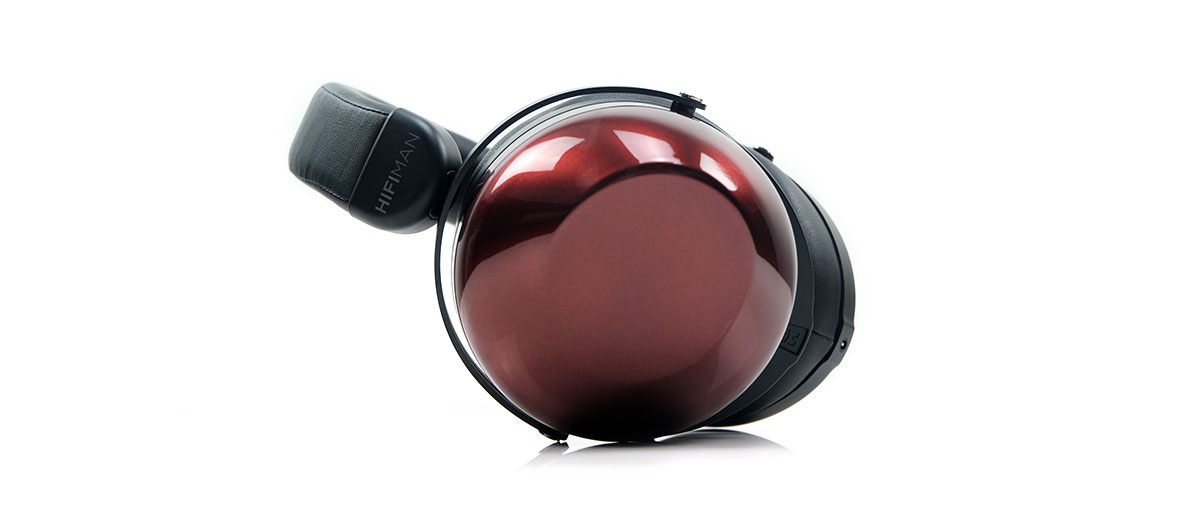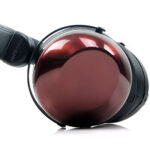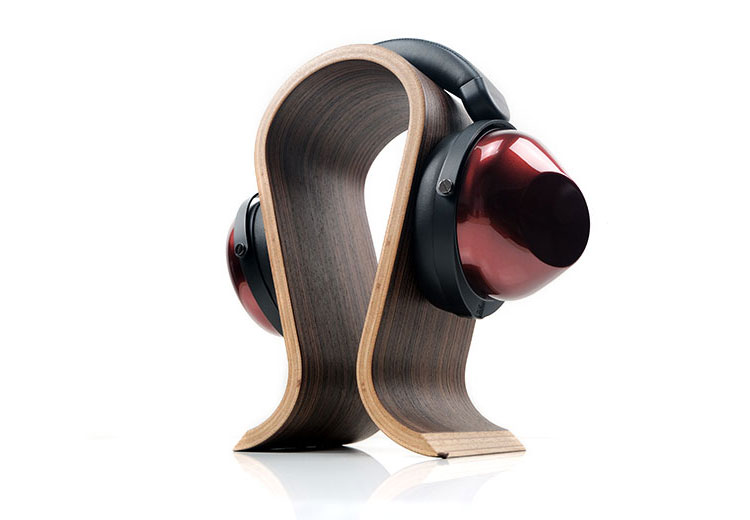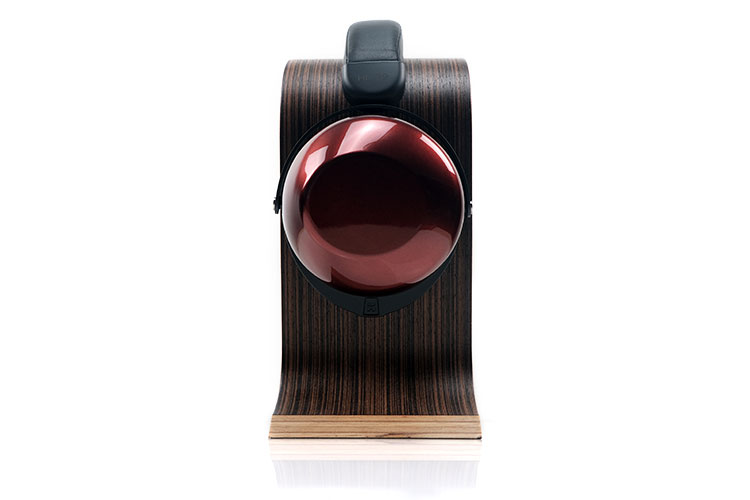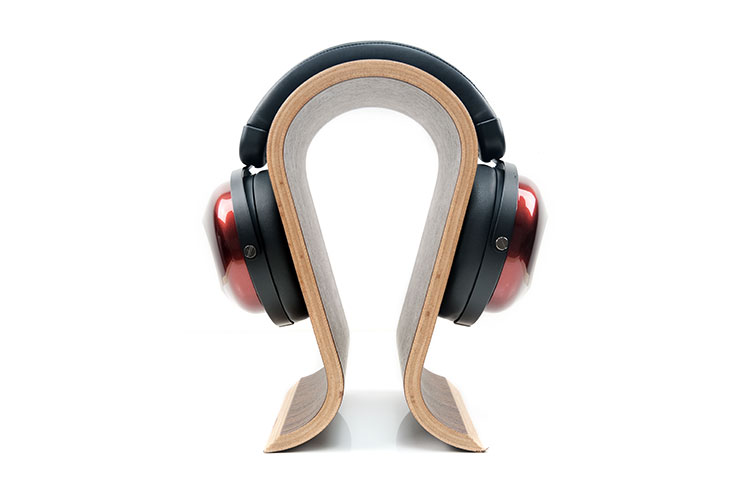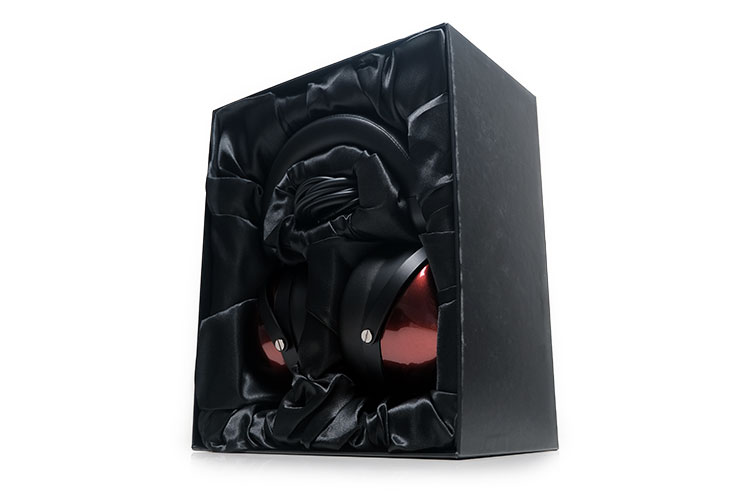This review covers the HIFIMAN HE-R9 which is a new full-sized closed-back headphone featuring a Topology dynamic driver diaphragm. It is currently priced at $369.
Disclaimer: This is a sample sent to us in exchange for our honest opinion. Headfonics is an independent website with no affiliate links or status. We thank the team at Hifiman for this opportunity.
To read more about the HIFIMAN products we have previously featured on Headfonics click here.
Note, that this article follows our latest scoring guidelines which you can read up on here.
Traditionally a planar headphone designer, HIFIMAN has gone on a bit of a dynamic driver spree over the last 2 years with the launch of two closed-back headphones. The first from last year was the relatively high-end offering, the HE-R10D, and now the second this year, the HE-R9.
The HE-R9 is also a closed-back headphone with a form factor quite similar to the HE-R10D. However, this is a far more affordable offering and was launched initially at $599 SRP.
Eagle-eyed readers will have noticed a recent price drop to what could be considered ‘bang-for-buck’ territory at just $369. Mind you, if you are reading this in May, or June 2022 you might have noticed a special sale going on with the likes of the HE-R10D also dropping down to $899.
Also, there is one additional feature this year with HIFIMAN pushing their new Himalaya R2R architecture in the form of a revised BT module called the Bluemini R2R. If you plan on grabbing both it will set you back $749 in total.
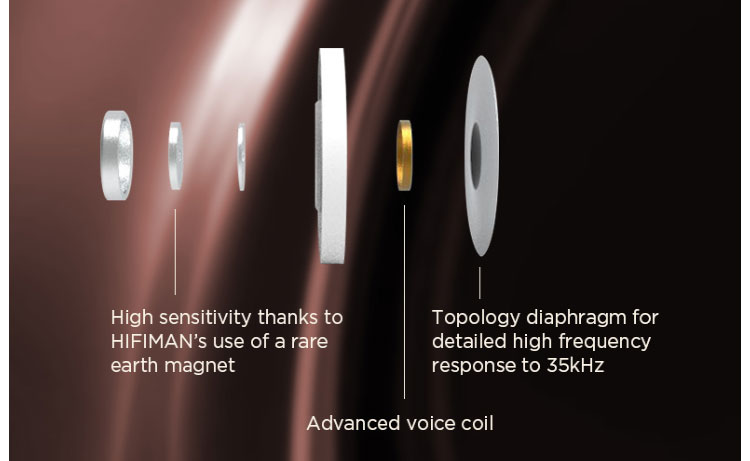
Tech Highlights
Driver
Like the R10D, the HE-R9 is a dynamic driver closed-back circumaural headphone. However, information-wise there is not too much new data regarding the HE-R9 driver that distinguishes it from the original R10D driver.
I would therefore have to presume this is also a 50mm dynamic driver using N52 rare earth magnets around the voice coil but with the difference being primarily down to the diaphragm and tuning.
Topology Diaphragm
HIFIMAN has retained the Topology technology for the HE-R9 driver diaphragm which is a technology Dr. Bian has always touted as being a flexible process that can create quite a wide range of tuning options for their dynamic drivers.
This is where I believe the main deviation occurs from the R10D. Particularly in the way HIFIMAN claims that the nanoparticle coating’s distinct geometric patterning can control how much additional tweaking the company can exact on the headphone’s sound signature before it goes to market.
The coating is also being pitched as an excellent tool through which to eradicate or at least substantially reduce typical diaphragm distortions which could again alter the signature necessarily and hinder its operational performance.
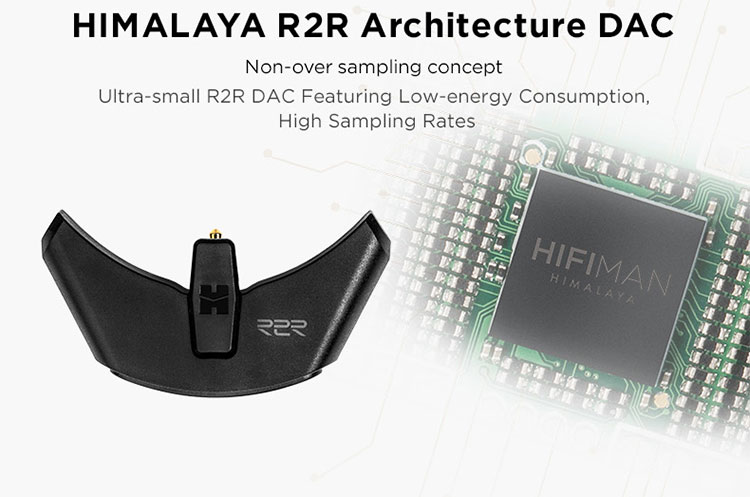
Wireless R2R Capability
The Bluemini Bluetooth module has been knocking around a bit now going back to the original DEVA headphones. However, last year’s launch of the HIMALAYA R2R chipset has allowed HIFIMAN to refresh the Bluemini II into an R2R version complete with the new chipset inside.
The BT module has also changed from the previous BT4.2 capable Qualcomm CSR8675 receiver to a more modern 8-hour capable BT5.0 Qualcomm QCC5124 chipset.
Conversion duties are done via the HIMALAYA R2R resistor-based chipset in NOS mode. Decoding is from aptX, aptX HD right up to LDAC 24BIT/96kHz with support for AAC and SBC.
The Bluemini R2R also allows you to output digital audio directly into the HE-R9 via its USB-DAC functionality. This can apply to a wide range of digital audio-compatible devices such as PCs, Macs, and OTG via Android. That signal will be decoded by the onboard DAC and converted into an analog signal for passing onto the amp chipset.
The rated output in mW is 230mW according to Hifiman’s real-world testing though they mention up to 1W on paper. That is a nice bonus and brings PC/Macs and smartphones into direct play without a BT signal required and allows traditional decoding up to 24BIT/192k.
Design
The HIFIMAN HE-R9 is a full-sized circumaural headphone and one that I would classify as erring to a wider rather than taller form factor with those bulbous coups dominating the design.
Primarily, the depth of the cups is to ensure the HE-9 soundwaves from the driver do not hit as much of those typical space issues flatter closed-back headphones encounter. Smaller closed-back cups tend to create unnatural echoes and a tonal signature low on staging quality and heavy on bass reverb.
Visually, the homage to Sony continues, but we have a dash of Fostex thrown in this time. Like the R10, the HE-R9 has a large angular dome-like cup but gone is the light-grained wood and instead, we have what seems to be a plastic finish with a very reflective deep red color.
I have to admit the new finish does look very striking and aesthetically pleasing, however, the plastics do not feel quite as solid as the previous wood grain used on the R10. Given the price differential, however, this isn’t surprising.
Materials
All other elements and materials of the build of the HE-R9 remain relatively unchanged from the R10D. The material mix consists of synthetic leather, hybrid synthetic leather/nylon earpads, CNC Aluminum for the gimbals, and plastic pivot blocks alongside those pronounced red cups.
One subtle change to the HE-R9 seems to be the quality of the pleather on the headband strap. The R10D version is a slightly higher quality with some aging to give it more of a leathery look. The HE-R9 pleather is a bit simpler with less character to its leather finish, as in very few crinkles and patterns.
The HE-R9 still uses the same plastic hollow pivot blocks on the top of the yokes that now seem to be the norm in these designs. Though I have yet to encounter a problem with them I am not wholly convinced of their durability without careful handling. A CNC Aluminum block similar to the gimbal material might have been a more robust choice.
Comfort & Isolation
Pressure Balance
Aside from the aesthetics, the HE-R9 weight has been further reduced to 328g from the R10’s 337g and indeed in the hand and on the head, this is a very light and comfortable headphone to wear.
The pressure distribution of the HE-R9 on your head is just as good as the R10D. Given both have virtually the same form factor the only difference is that 9g reduced weight and you will hardly notice it when switching between both of them.
As before, the HE-R9 offers no uneven hotspots on the scalp with a moderate clamping force mitigated by the softness of the memory foam inside the large hybrid pads.
There is a small amount of swivel in those big cups so it is not as rigid as the Sundara design but still not on the same level as the very articulate Arya Stealth Magnet Version design.
You will find that the narrow contact surface of the headband is not as steadying as the HIFIMAN pressure strap system so rapid movements of your head will result in slight movement of the headphones also.
Also, there is some flex in the headband with the use of spring steel. Headband adjustment is quite fluid and works very well indeed with a multi-notch system on the gimbal band. Small heads like mine will find the HE-R9 quite forgiving on the smallest notch though there is adjustment capability for larger heads.
Earpads
The velcro detachable earpads are protein leather with a polyester inner finish that allows them to breathe quite well reducing the potential for sweat and moisture buildup. The inner cavity is big enough to clear my ears though it is more of a traditional round hole than an elongated type of design.
The HE-R9 uses HIFIMAN’s Palipad design but these versions seem to be different from the R10D pads with a slightly shallower inner wall. Like the R10D pads, these have no inner perforations that I presume are to help amplify the headphones’ bass performance and further improve isolation.
Isolation
There is a degree of isolation so the HE-R9 has an advantage over any open-back headphones but I would still suggest you consider these headphones primarily for quieter areas to get the best performance.
The isolation has improved somewhat over the R10D which I considered fairly average for a closed-back headphone. Not a huge night and day difference but noticeable when comparing them side by side. I do wonder if the plastic cup material plays a role here compared to the more porous wood grain of the R10D.
The porous nature of the hybrid pads is probably the primary factor here as adjusting the clamp with my hands to bring the cups in tighter made no noticeable difference in the HE-R9’s passive isolation performance.
Cables & Connectors
Connection System
HIFIMAN has significantly changed the connection system on the HE-R9 compared to the DEVA and the HE-R10D.
You can still use a single wired connection as before including slotting in the Bluemini wireless module on the left side. The left-to-right cup connection is done with a very low-profile wire that is inserted into a groove in the spring steel of the headband to prevent you from accidentally damaging it.
However, the HE-R9 is also now equipped with a dual entry system allowing you to use cables with left and right 3.5mm TRS stereo connectors in the same manner as their high-end headphones. Those with the likes of the Ananda or the Arya will now be able to roll those cables with the HE-R9.
Stock Cable
You only get one cable this time as opposed to the two with the R10D and a shorter one that measures in at 1.5m instead of 3m. I suspect HIFIMAN considers the HE-R9 to be a bit more portable in its pitch compared to the R10D.
The cable is a dual-entry finish so if you want to go single-ended or wireless via Bluemini you will have to buy either from the HIFIMAN store. The cable itself is terminated with an SE 3.5mm TRRS and attached with a 6.35mm adaptor further enforcing the feel that this is being pitched as a portable-friendly headphone.
I presume the wire is the same three-core, crystalline copper with silver-plated wiring as most of the HIFIMAN cable designs are these days. The finish is quite good actually, certainly a more attractive black rubber jacket than the transparent finish of the earlier single crystalline copper cables from a few years back.
It is fairly thick with wonderfully low microphonics. I suspect there is plenty of isolation material on the inside to keep physical noise from traveling up into the cups and causing any distractions. Memory retention is also very low indeed with excellent handling discipline.
Packaging & Accessories
The lower pricing of the HE-R9 means you get the HIFIMAN cardboard packaging as opposed to the higher-end display case that comes with the planar and dynamic driver R Series headphones.
The exception to that rule seems to be the new Arya Stealth Magnet Edition which is $1599 and comes in more or less the same box.
This is HIFIMAN’s standard headphone box with zero quirks or decorative garnishes. The same as you would see for many a headphone, and honestly, that is a good thing. Product packaging is more competitive than you think for the marketing dollar.
There is no carry case for the HE-R9; rather you get a foam and satin overthrow on the inside with the headphones firmly inserted in the center.
To the top and above a foam protective layer, you get a manual and warranty card. In the middle of the display area, you get the stock cable tucked tightly into a small crevice with the adaptor firmly attached.
Click on page 2 below for our sound impressions and recommended pairings.




